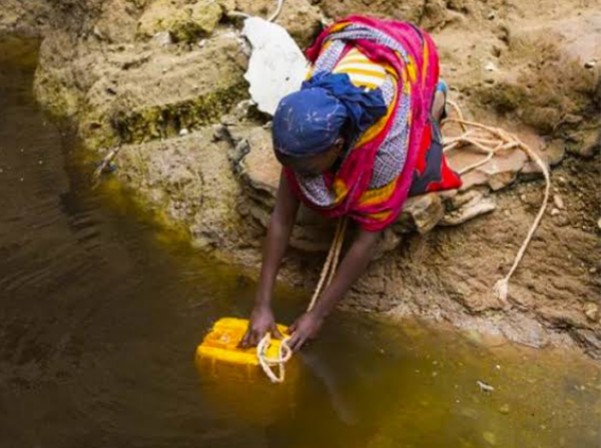About 10 counties are facing cholera outbreak.
The outbreak of cholera locally known as "kipindupindu in Kenya has become a major public health concern in recent months. The disease, which is caused by the Vibrio cholerae bacteria, is transmitted through contaminated water and food, and can lead to severe diarrhea(kuhara) dehydration, and death if left untreated
The first caseof cholera were reported in the coastal region of Kenya in early 20200. The disease quickly spread to other parts of the country, including the capital city of Nairobi. As of December 2021, the Kenyan government has reported over 50,000 cases and more than 600 deaths due to cholera.
They are several factors that have contributed to the outbreak of cholera in Kenya. One of the main factors is the lack of access to clean water and proper sanitation. Many communities in Kenya rely on shared water sources, such as rivers and lakes, which are often contaminated with sewage and other pollutants. This makes it easy for the cholera bacteria to spread among peoples.
Another factor is the high population density in many parts of Kenya, which makes it difficult for people to practice proper hygiene. This, combined with poor sanitation infrastructure, has led to a high rate of transmission of the disease,
The Kenyan government has taken several steps to try and control the outbreak of cholera. They have set up cholera treatment centers and mobile clinics to provide care for those who are infected. They have also launched a mass vacination campaign to protect people from the disease.
In addition, the government has also worked to improve access to clean water and sanitation. They have built new wells and latrines, and have also worked to educate people about the importance of good hygiene practices.
Despite these efforts, the outbreak of cholera in Kenya continues to be a major problem. The disease is still spreading, and the number of cases and deaths is still rising
One of the main challenges in controlling the outbreak is the lack of resources. Many communities in Kenya are living in poverty, and they cannot afford to pay for clean water or proper sanitation. This makes it difficult for the government to improve access to these basic needs.
Another challenge is the lack of infrastructure. Many parts of Kenya are remote and hand to reach, which makes it difficult for healthcare workers to provide care and treatment to those who are infected.
To address these challenges, the government and international organizations need to work together to provide more resources and support to communities affected by the outbreak. This includes providing funding for clean water and sanitation projects, and training healthcare workers to provide care and treatment for cholera.
In addition, more research is needed to understand the factors that are driving the outbreak of cholera in Kenya. This will help healthcare professionals to develop more effective strategies for preventing and controlling the disease.
Overall, the outbreak of kipindupindu in Kenya is a serious public health crisis that requires urgent action. The government, international organizations, ad the community need to work together to improve access to clean water and sanitation, provide care and treatment for those who are infected, and prevent the spread of the disease. With the right resources and support, it is possible to bring the outbreak under control and save lives.
By mike G.







No comments:
Post a Comment